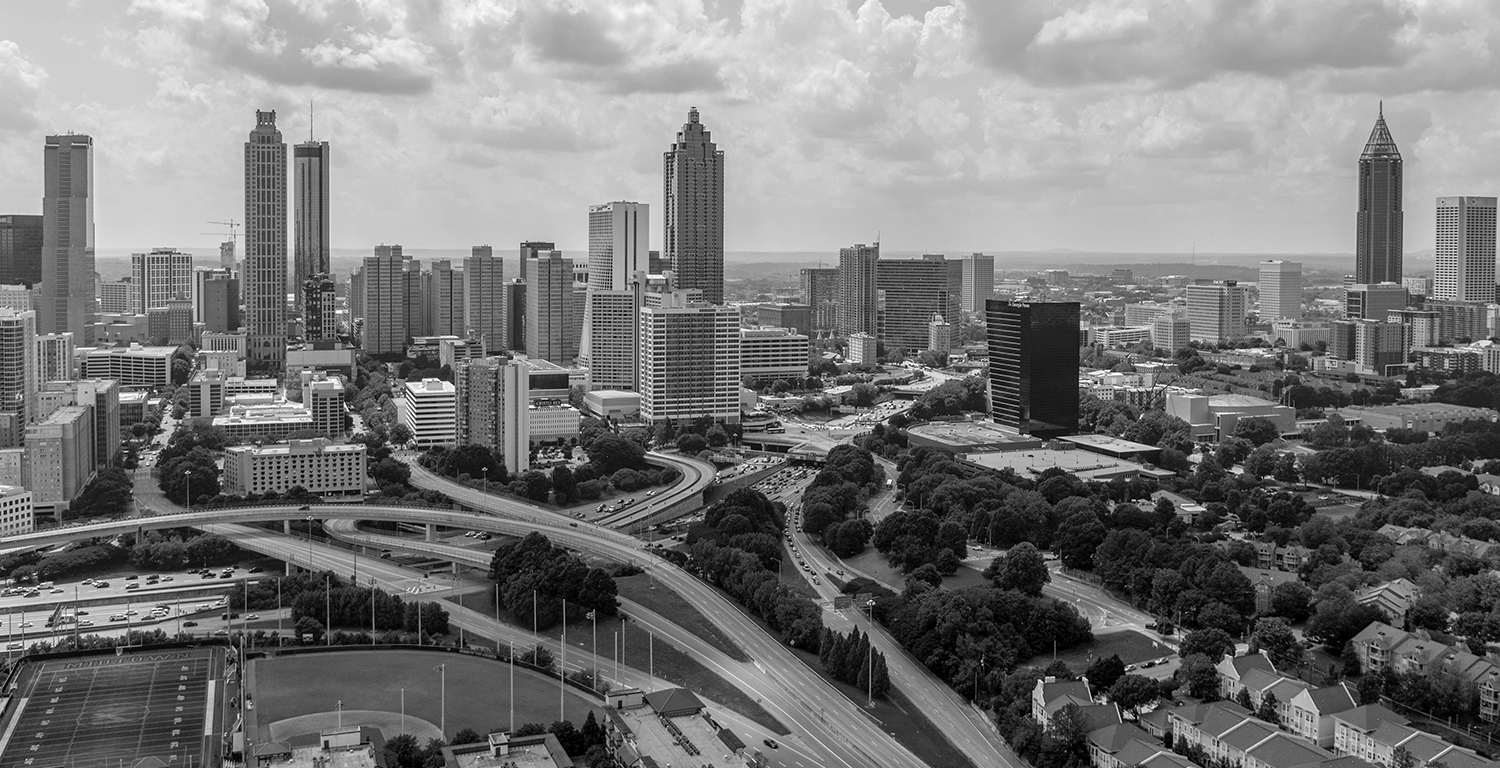By Stephanie Rojo and Olivia Meade
Residents in many cities, including several major metropolitan areas, are now in the home stretch of this year’s local elections. While New York City’s three-way mayoral race continues to dominate headlines, contests in other cities will serve as an important gauge of voter sentiment, both regionally and nationally, heading into next year’s midterms.
This November, voters in Albuquerque, Atlanta, Boston, Charlotte, Cleveland, Detroit, Miami, Pittsburgh, and St. Paul, among others, will head to the polls. Several stories have already played out from the primaries and other elections earlier this year. Fort Worth re-elected Republican Mattie Parker, Omaha voters ousted Republican incumbent Jean Stothert in favor of Democrat John Ewing Jr., Democrat Gina Ortiz Jones won San Antonio’s runoff, and New Orleans elected Democrat Helena Moreno outright last week. In Boston, incumbent Democrat Michelle Wu is now running unopposed after a preliminary vote, and Pittsburgh’s Democratic primary resulted in a rare incumbent loss, positioning Corey O’Connor as the favorite in November.
Across the country, other races are turning heads. In Seattle, the general election has narrowed to incumbent Bruce Harrell vs. Katie Wilson, with affordability, homelessness, and public safety defining the conversation, echoing debates that played out in mayoral elections last year and mirroring key issues in other large cities. While the Seattle Mayor’s Office is officially a non-partisan position, the two candidates reflect a familiar dynamic seen in New York City, pitting a more traditional Democrat against a self-described Democratic Socialist.
A similar situation is happening in Minneapolis. The state DFL’s decision to revoke the local party’s endorsement of State Senator Omar Fateh over Mayor Jacob Frey highlighted rifts within the party and positioned housing and policing policy at the center of a competitive ranked-choice general election.
In Albuquerque, six candidates are competing in a race shaped by concerns over crime, homelessness, economic recovery, and permitting reform. Public debates have centered on whether the city should expand law enforcement funding or redirect resources toward housing and behavioral health programs, with many voters remaining undecided.
Elsewhere, Detroit’s Mayoral seat is open following Mayor Mike Duggan’s decision to run for Governor as an Independent. Duggan held the office for over a decade, and the open-seat contest between Mary Sheffield and Rev. Solomon Kinloch Jr. will gauge whether the networks that supported Mayor Duggan remain influential or give way to a new political base. The race has focused on affordability, downtown investment, and neighborhood revitalization as voters assess the next phase of the city’s growth. In Miami, the November election proceeds after a court blocked an effort to delay voting to 2026. The campaign has emphasized housing costs, hurricane preparedness, and tourism-driven development, with higher-than-usual turnout expected following the legal battle. In St. Paul, voters will elect a mayor to a one-time three-year term as the city transitions to even-year elections beginning in 2028. Mayor Melvin Carter is seeking re-election, facing challengers focused on public safety, fiscal transparency, and constituent engagement.
Snapshot of other key cities and issues:
- Atlanta: Incumbent Andre Dickens seeks re-election amid conversations over affordable housing, transit infrastructure, and the city’s police training center. While Dickens retains broad support, critics have used the “Cop City” controversy to galvanize younger and progressive voters.
- Charlotte: Incumbent Vi Lyles leads comfortably. Her platform emphasizes economic development and housing supply. The city’s sustained growth and public safety outcomes have helped limit serious opposition. A major tax measure is also on the ballot for Charlotte voters, with a proposed 1-cent transit sales tax increase in Mecklenburg County.
- Cleveland: Voters will choose between two candidates in a general election defined by neighborhood revitalization, crime prevention, and fiscal accountability.
Amid ongoing government decentralization and heightened political polarization, local contests remain key arenas for policy experimentation. City leaders are setting the tone on housing, public safety, labor, mobility, and fiscal priorities, increasingly influencing state and federal agendas. While recent results point to an appetite for change, outcomes continue to hinge on campaign resources, voter turnout, and candidate alignment with local priorities. With two weeks remaining until Election Day, the local political landscape remains fluid and should be closely watched.
